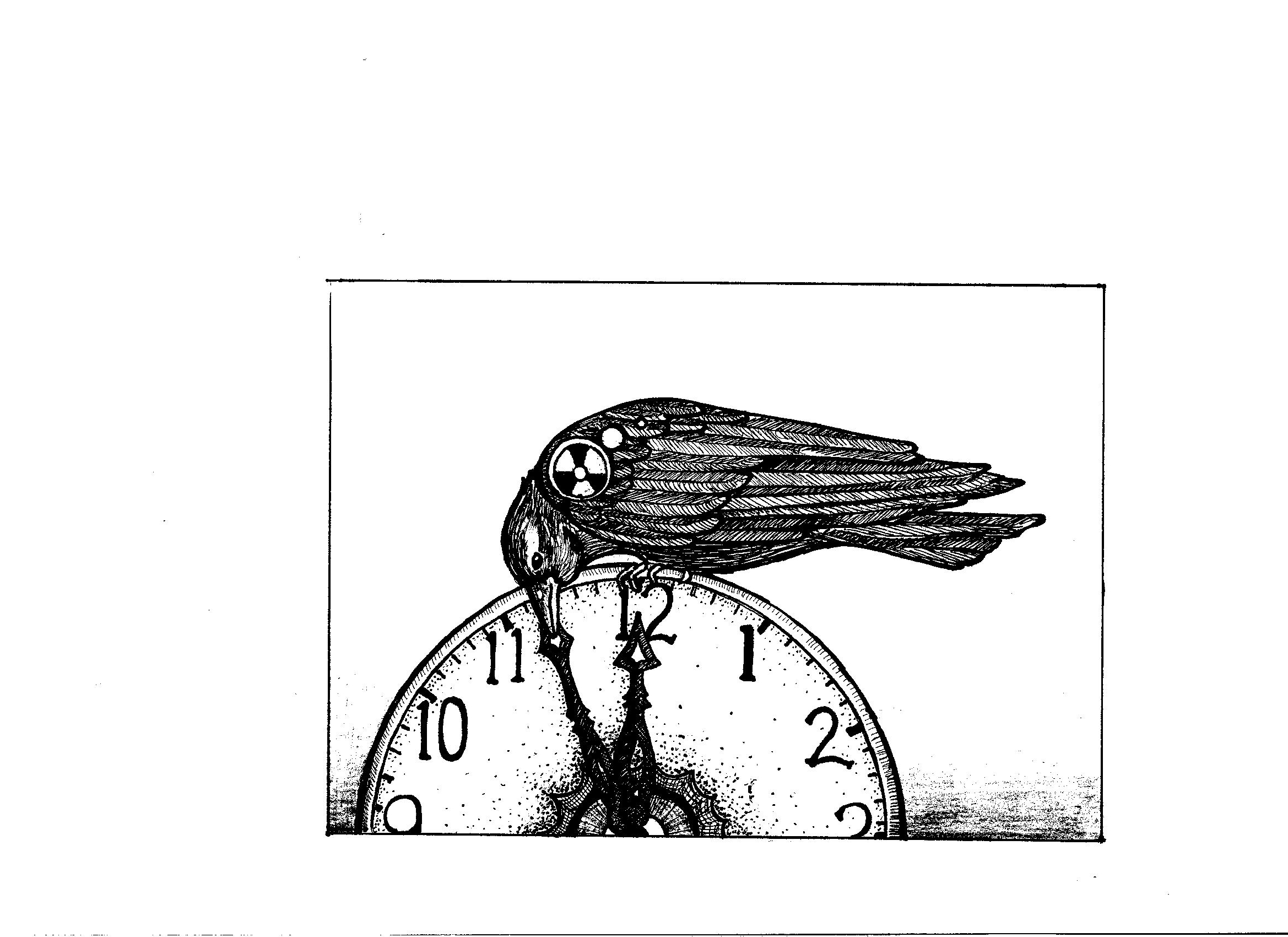Distorted History
Syracuse Peace Council urges everyone to use the Hiroshima/Nagasaki Commemoration to strengthen the anti-nuclear, anti-imperialist movement. President Obama’s historic trip to Hiroshima reminds the world of the ongoing urgency of dealing with nuclear weapons. His ambiguous legacy makes it clear that rhetoric and symbolism will not achieve nuclear abolition.
Many lessons of the last 70 years have been forgotten. Psychic numbing – the inability to maintain attention to threats too awful to imagine – keeps us from remembering the horrors of nuclear weapons. Researcher Stephen Lendman describes: “The bomb dropped on Hiroshima on August 6, 1945, turned into powder and ash, in a few moments, the flesh and bones of 140,000 men, women, and children. Three days later, a second atomic bomb dropped on Nagasaki killed perhaps 70,000 instantly. In the next five years, another 130,000 inhabitants of those two cities died of radiation poisoning.”
Political distortions make us forget the destruction and convince some that the bombings were necessary. Howard Zinn (and other historians) contradict this myth: “Hiroshima and Nagasaki were unforgivable atrocities, perpetrated on a Japan ready to surrender…a wanton act of gargantuan cruelty (not) an unavoidable necessity.”
If the public forgets the destruction and believes the myths, future nuclear war seems almost inevitable. Educating and organizing matters.
Three Minutes to Doomsday
The Bulletin of the Atomic Scientist has represented the dangers of nuclear disaster since 1947 using their “Doomsday Clock”. The closer to midnight the hands register, the closer scientists believe the world is to planetary disaster. (Originally the clock only referred to nuclear disaster. Now it also registers climate change and other life-threatening situations.)

In January 2015 the hands were moved to 3 minutes to midnight, the worst setting since the height of the Cold War in 1983. This year this setting was retained, “since recent progress in the Iran nuclear agreement and the Paris climate accord constitute only small bright spots in a darker world situation full of potential for catastrophe…” including US/Russian tensions approaching Cold War levels, the Syrian crisis, and North Korean nuclear tests.
Obama’s Legacy
As President Obama laid a wreath at a Hiroshima peace memorial, he echoed his 2009 call in Prague to “pursue a world without nuclear weapons”.
He can claim some significant achievements in that direction. The Iran Nuclear Deal stops development of nuclear weapons by Iran and lifts some of the damaging sanctions that have hurt the common people of that country. It supports moderate politicians and could improve relations. The modest New START Treaty is commendable, having made some cuts in US and Russian deployed strategic missiles.
Yet the trade-off Obama made with Congress to get “New START” is utterly unacceptable. He agreed to “modernize” the entire US nuclear arsenal: the warheads, submarines, missiles, bombers, production facilities and command and control infrastructure, which is now estimated to cost $1 trillion over the next 30 years. That is not compatible with a commitment to nuclear abolition.
As his term draws to a close, President Obama could take real steps to nuclear abolition. But he will only do this with strong pressure. We must demand action now and build towards greater pressure on the next government. Essential actions include the following:
- Remove the US nuclear arsenal from high-alert status, thereby leading all nuclear-armed nations to do the same;
- Initiate negotiations for global nuclear disarmament as required by Article VI of the nuclear Nonproliferation Treaty (NPT);
- Announce further nuclear reductions with Russia;
- Join China and India to change US policy to ‘no first use’ of nuclear weapons, and urge NATO, Russia, and all other nuclear powers to do the same;
- Cancel the $1 trillion, 30-year plan to overhaul the US nuclear weapons complex and redirect the resources to the needs of our communities.
Building the Movement
Building a movement to demand these actions requires connecting the urgent issues of our time. Vincent Intondi does that in his book “African Americans Against the Bomb”. He asks, “Will we ever get to a place where millennials rise up like previous generations and make the connection between racism, poverty, and nuclear disarmament?” Hiroshima survivor Setsuko Thurlow says we must “Stop pretending… We can’t just leave it to the politician, military experts … They think by having more wicked stuff and by threatening the people, they can maintain security. But, to me, it’s just sheer illusion…”
Through Hiroshima/Nagasaki commemorations we draw attention to paths to nuclear abolition, join fights against racism and poverty, and gather our energy as a movement. This not the time to leave it to others. It is three minutes to midnight!





